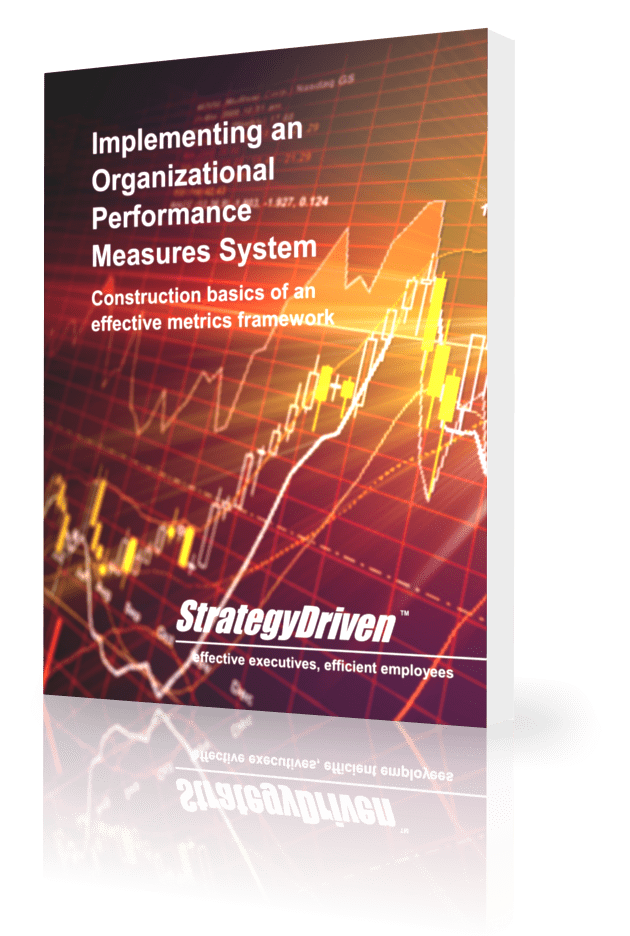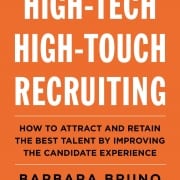The hard side of training, and the soft side of learning.
When a new sales representative is hired, a company provides what is known as orientation and ramp up. Once those elements are complete, the company believes the salesperson can go out and begin earning money.
First, it’s a heavy dose of product training. The company and their trainers will spend days, sometimes weeks, on ‘what it is,’ ‘how it works,’ ‘how it’s used,’ and a myriad of other semi-useful facts.
Overlooked of course is how the customer profits from it, and what the customer’s motive to buy it is. Hello!
I’m about to give you a major AHA! for all product training. Forever. Trainers and training departments will scoff at this because it will mean a huge reduction in what they do and how they do it.
MAJOR CLUE: All product training should be given at a customer’s place of business. This is where your product is actually used. This is where a salesperson can gain real-world information about practical application, about flaws and service needs, and about merits and features that are most valuable to the actual user.
If enough time is spent at the customer’s place, salespeople will also uncover why the product was purchased, how the product was purchased, and the value the product has. It’s also likely, salespeople will dispel the single most erroneous aspect of sales: ‘the customer only buys price.’
REALITY: ‘The customer only buys price’ is an excuse propagated by weak and lazy salespeople.
BIGGER REALITY: If companies like Halliburton are able to sell hammers to the government for $6,000, somehow you should be able to get your price if you are within a few points or dollars of your competition.
BIGGEST REALITY: The reason salespeople deal with price is because they have no idea about the buying motives and actual product use. Reason? Product training took place in the corporate classroom, where I maintain it is just south of useless.
So much for hard (product) skills.
Now it’s time for the harder part – the soft skills – the selling skills.
Soft skills can be taught one of three ways:
- In-house training. Company trainers that may also include best salespeople, and outside courseware trained in-house.
- Outside training. Should be presented by someone who can sell an off-the-shelf solution with the intention that the salesperson will learn general sales, or a system of selling, or a customized sales process where specific aspects of the product and customer are taught.
- Voice of customer training. Voice of the customer training is when an existing customer tells their story of use of product (what their history is), why they bought it, what their experience has been, how they felt about it after purchase, and why they would recommend it.
PERSONAL NOTE: For the past 20 years, I have built my reputation on utilizing my expertise combined with voice of customer. I consider the training department vitally important, because they are the glue and history of the company’s success. These elements, if combined correctly, can make any salesperson or sales team THE dominant player(s) in their market – without respect to price.
The reason that soft skills, or selling skills, are the most important, yet most perplexing, aspect of sales success is because they must be accepted by the salesperson as valid, believable, and transferable before they can be successfully deployed. The salesperson must say to his or herself, ‘I agree with this. I think I can do this. I’m willing to put this into practice.’
Most important, the salesperson must do it his or her way, in his or her style, using his or her personality. That way the entire execution of the selling process is transferred to the customer as both authentic and believable.
If you’re a salesperson, and you are hungry for greater success, it’s important that you improve your soft skills to a point where they are equal to or greater than your product knowledge.
Please understand I’m not talking about learning some old-world, find-the pain, manipulative sales process. In today’s selling, ‘making a sales pitch’ and ‘closing the sale’ are pretty much over.
The biggest soft skill challenges in today’s sales process are finding the decision maker, creating harmony, engaging, proving value, transferring an emotional message, and earning the sale.
SALES REALITY: The hard skills (product) can be pounded in by a training department, but the soft skills have to be accepted as valid by the salesperson.
I’ve just given you a thirty thousand foot perspective on the new science of selling. It’s what I know to be true because I have executed it myself and created my own success with it. Some of you will accept it. Some of you will not.
JEFFREY REALITY: I’m sitting in a Starbucks at the Marriot Marquis in New York City. New York City is where most of my selling skills were acquired and polished.
I’m smiling, reminiscing, and calling to mind not just the soft skill sales success, but also the immortal words sung by Frank Sinatra, “If I can make it there, I’ll make it anywhere.”
So can you. Come to New York City, make a few sales, and find out for yourself.
Reprinted with permission from Jeffrey H. Gitomer and Buy Gitomer.
About the Author













Leave a Reply
Want to join the discussion?Feel free to contribute!